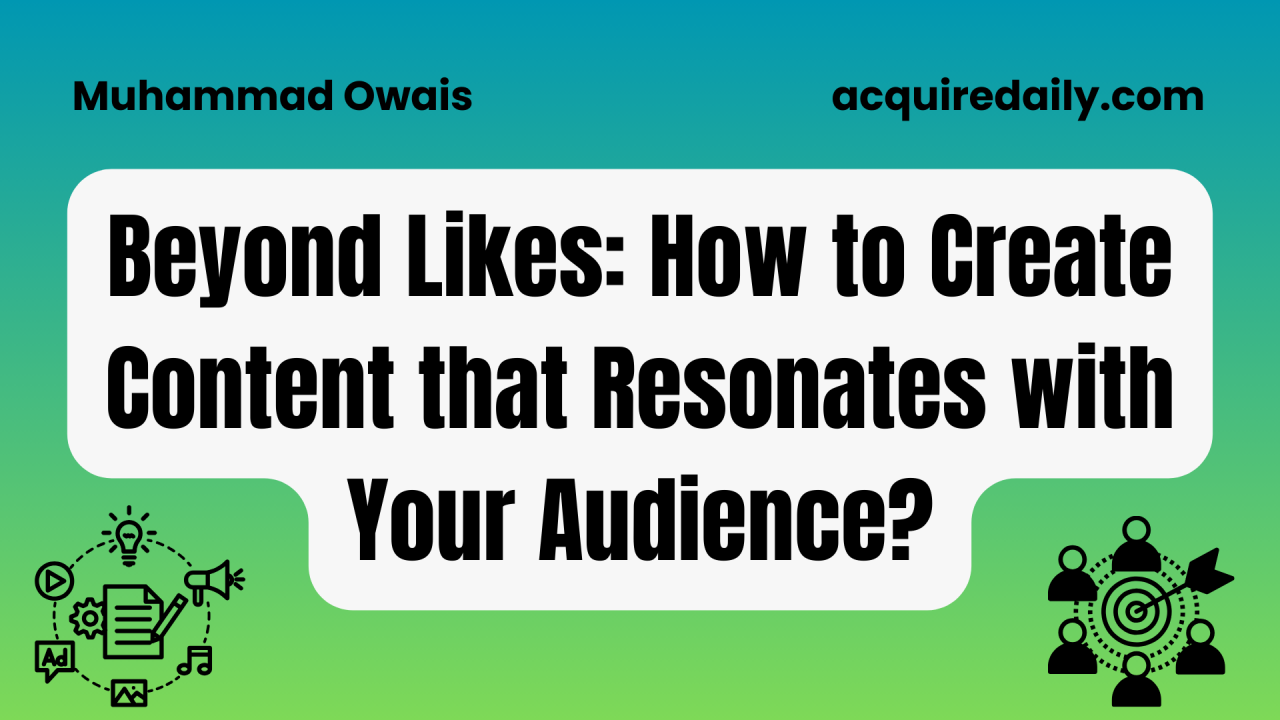Digital advertising has come a long way since its inception, evolving from simple banner ads to sophisticated, AI-driven campaigns. This transformation has been driven by technological advancements, changes in consumer behavior, and the need for more personalized and effective marketing strategies. Here’s a look at the key stages in the evolution of digital advertising and how AI is shaping the future of the industry.
The Birth of Banner Ads
The first banner ad appeared in 1994, marking the beginning of digital advertising. These ads were simple, static images placed on websites, inviting users to click through to another site. Despite their simplicity, banner ads were revolutionary at the time, offering brands a new way to reach potential customers online.
However, as the internet grew, so did the volume of banner ads, leading to a phenomenon known as “banner blindness,” where users began ignoring these ads. This decline in effectiveness prompted the industry to seek more innovative ways to engage audiences.
The Rise of Search Engine Advertising
With the launch of Google AdWords in 2000, search engine advertising quickly gained popularity. This model allowed advertisers to display ads based on user search queries, making ads more relevant and targeted. Pay-per-click (PPC) advertising became the standard, where advertisers paid only when users clicked on their ads.
Search engine advertising offered a higher return on investment (ROI) compared to traditional banner ads, as it targeted users with intent, meaning they were actively searching for products or services related to the ads. This shift marked a significant evolution in digital advertising, as it emphasized relevance and user intent.
The Emergence of Social Media Advertising
The advent of social media platforms like Facebook, Twitter, and LinkedIn in the mid-2000s introduced a new era of digital advertising. Social media allowed brands to engage with users in more personal and interactive ways, leveraging user data to create highly targeted ads.
Facebook’s introduction of the News Feed in 2006 and later, its ad platform, allowed advertisers to target users based on demographics, interests, behaviors, and more. This level of granularity in targeting led to more effective campaigns and higher engagement rates.
Social media advertising also introduced the concept of “native advertising,” where ads blend seamlessly with the platform’s content, making them less intrusive and more appealing to users.
The Growth of Programmatic Advertising
In the early 2010s, programmatic advertising emerged as a game-changer in the digital advertising landscape. Programmatic advertising uses automated technology to buy and sell ad space in real time, allowing advertisers to target specific audiences with precision.
This method relies on algorithms and data analytics to determine the best ad placements, optimizing campaigns for better performance. Programmatic advertising also introduced real-time bidding (RTB), where advertisers bid on ad impressions in real-time, ensuring they reach their desired audience at the right time.
The efficiency and effectiveness of programmatic advertising have made it a dominant force in the industry, with most digital ads now bought and sold programmatically.
The Integration of AI and Machine Learning
The latest evolution in digital advertising is the integration of artificial intelligence (AI) and machine learning. These technologies have revolutionized the way campaigns are designed, executed, and optimized.
AI-driven campaigns use vast amounts of data to understand consumer behavior, predict trends, and deliver personalized ads to users. Machine learning algorithms continually analyze campaign performance, making real-time adjustments to improve outcomes.
Key applications of AI in digital advertising include:
- Personalization: AI can create highly personalized ad experiences based on individual user preferences, behaviors, and past interactions.
- Predictive Analytics: AI can predict which users are most likely to convert, allowing advertisers to focus their efforts on high-value prospects.
- Dynamic Ad Creation: AI can generate ad creatives tailored to different audience segments, ensuring that each user sees the most relevant content.
- Chatbots: AI-powered chatbots engage with users in real-time, answering questions, providing recommendations, and guiding them through the purchase process.
AI-driven campaigns are not only more effective but also more efficient, as they automate many of the tasks that previously required manual intervention.

The Future of Digital Advertising
As AI and machine learning continue to advance, the future of digital advertising will be marked by even greater levels of personalization, automation, and efficiency. We can expect to see:
- Voice Search Advertising: As voice-activated devices become more prevalent, advertisers will need to optimize their campaigns for voice search queries.
- Augmented Reality (AR) and Virtual Reality (VR) Ads: These immersive technologies will offer new ways to engage users, allowing them to interact with products in a virtual environment.
- Advanced Predictive Analytics: AI will become even better at predicting consumer behavior, enabling advertisers to anticipate trends and stay ahead of the competition.
- Ethical AI: As concerns around privacy and data security grow, the industry will need to focus on developing ethical AI practices that respect user privacy while delivering effective ads.
Digital advertising has evolved significantly over the past few decades, and with the continued integration of AI, it will only become more sophisticated. Brands that embrace these changes and leverage AI-driven technologies will be well-positioned to capture the attention of their target audiences and achieve their marketing goals.




